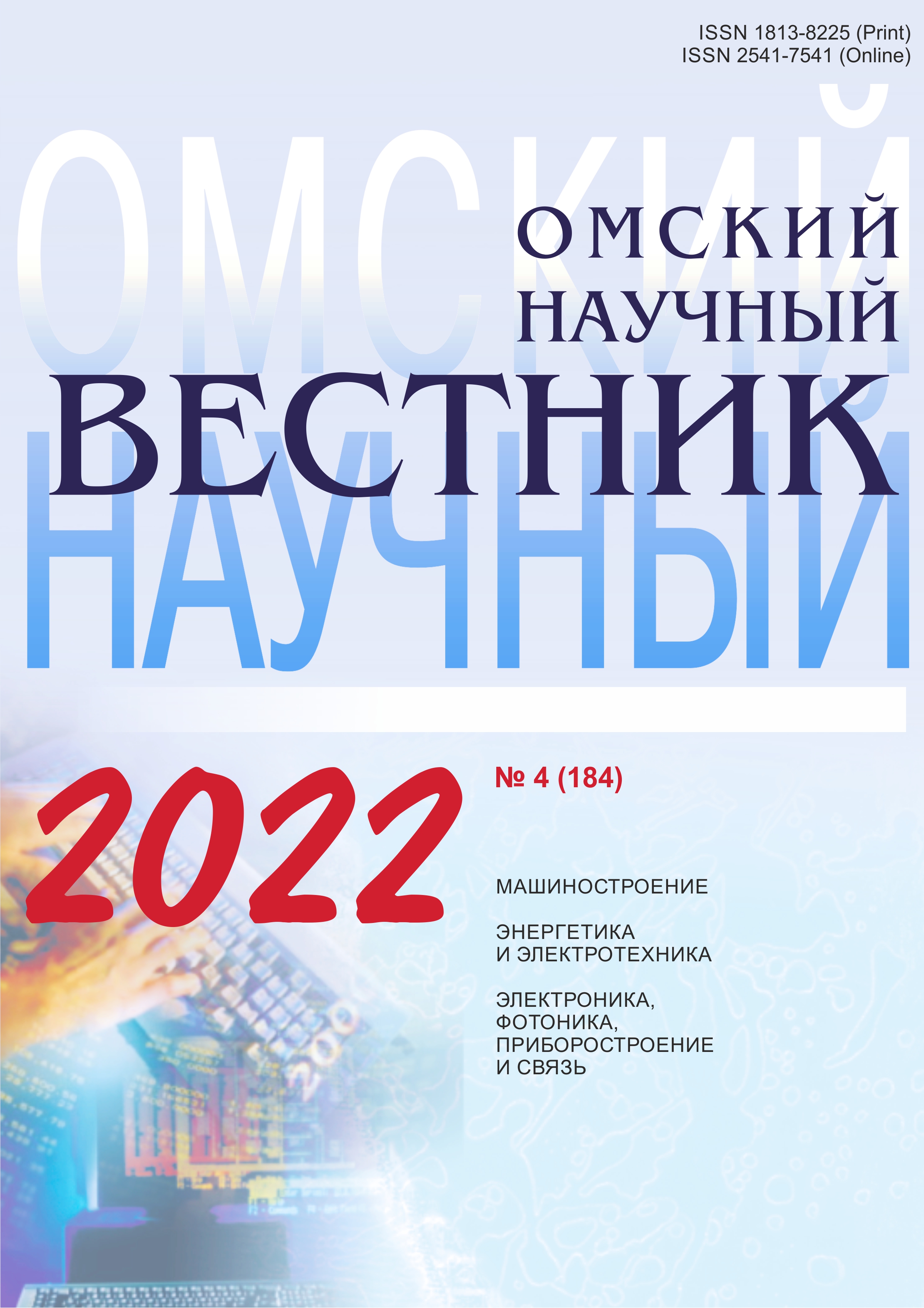Research of the microwave generator and antenna emitters for hyperthermia of oncological diseases
DOI:
https://doi.org/10.25206/1813-8225-2022-184-82-90Keywords:
hyperthermia, high-frequency oscillator, fractal modulation, planar antennas, spiral antennasAbstract
Purpose. Currently (2022), the existing hyperthermia installations are large. As a result, hyperthermia treatment is carried out only where this equipment is located. In this paper, a study is conducted aimed at creating a compact hyperthermia device. Flat antennas in the form of a spiral for heating the local area have been developed and investigated. Calculations and simulation modeling for the developed antennas have been carried out. Materials and Methods. The materials and methods of computational mathematics, ultrahigh frequency technology and the theory of automatic regulation are used in the study. Software is used to develop high-frequency systems. Results. The directional patterns of the electric field of the developed antennas are obtained. With the help of simulation modeling, magnetic field strength distributions for the developed antennas are constructed. It is established that the maximum radiated power occurs when the oscillation frequency is equal to the natural frequency of the antennas. The nonlinear dependence of the supply voltage on the radiation power is established. During the experiments, local heating of the back area of the left forearm is carried out using the developed antennas and a generator. The maximum heating temperature is 41,5 °C. Conclusion. The heating technology using a spiral antenna
and a generator makes it possible to heat local areas to temperatures of the therapeutic range. The developed generator circuit is turned out to be very easy to operate. The maximum power of the generator is 3,2436 watts. The supply voltage is 6,36 volts. Creating antennas on a biodegradable film using an inkjet printer will allow you to create both contact and non-contact heating.
Downloads
Published
How to Cite
Issue
Section
License
Non-exclusive rights to the article are transferred to the journal in full accordance with the Creative Commons License BY-NC-SA 4.0 «Attribution-NonCommercial-ShareAlike 4.0 Worldwide License (CC BY-NC-SA 4.0»)




